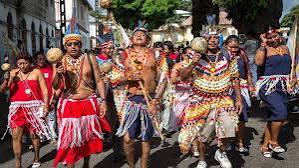South America is often associated with Spanish and Portuguese-speaking nations, but tucked away in its northeastern corner lies a fascinating region that defies this norm—the Guianas. Comprising Guyana, Suriname, and French Guiana, these lands have distinct colonial histories, languages, and cultural influences that make them stand apart from the rest of the continent.
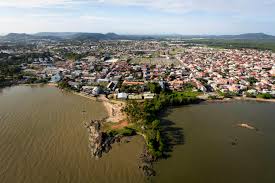
A Region Unlike Any Other.
While most of South America was colonized by Spain or Portugal, the Guianas were claimed by the British, Dutch, and French. This historical twist left a lasting impact on their identities, shaping their languages, governance, and demographics in ways that make them uniquely diverse today.
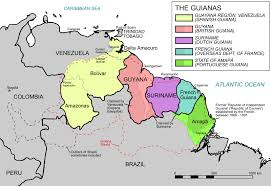
Guyana: The Only English-Speaking Nation in South America.
Guyana, a former British colony, is the only country on the continent where English is the official language. However, its cultural identity is far from purely British. The country’s population is made up of a mix of African, Indian, indigenous, and European influences.
Colonial Past.
Originally settled by the Dutch, Guyana was later taken over by the British in 1814. It remained a British colony until it gained independence in 1966.
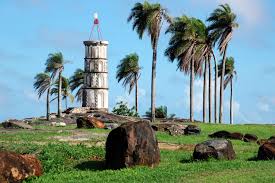
A significant portion of the population traces its roots to enslaved Africans and indentured laborers from India, brought over during British rule. This blend of cultures influences everything from food to festivals. Recently, Guyana has been making headlines for its massive offshore oil discoveries, which could transform it into one of the wealthiest nations in the region.

Suriname:
The Dutch Legacy Lives On.
Unlike its neighbors, Suriname was colonized by the Dutch, and it remains the only Dutch-speaking country in South America. The Dutch took control of the area in the 17th century and maintained their rule until Suriname gained independence in 1975. Suriname’s diversity is striking, with significant populations of Indian, Javanese, Creole, indigenous, and Chinese descent. This unique mix is reflected in its cuisine, festivals, and religious traditions. Despite gaining independence, many Surinamese maintain strong ties to the Netherlands. Dutch remains the language of government and education, and many Surinamese citizens live and work in the Netherlands.

Unlike Guyana and Suriname, French Guiana is not an independent country — it remains an overseas department of France. This means that it is legally part of the European Union, uses the Euro as its currency, and its citizens have French passports.
The Guiana Space Centre, Europe’s primary space launch facility, is located here. This makes French Guiana one of the most important locations for space exploration outside of Europe.
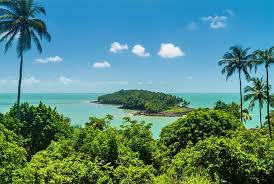
As a French territory, the region has strong ties to France in governance, infrastructure, and culture. French is the official language, and local politics are directly tied to decisions made in Paris. Despite being part of France, French Guiana has a rich Creole culture, influenced by its indigenous, African, and Asian populations. The local cuisine and traditions are distinct from mainland France.
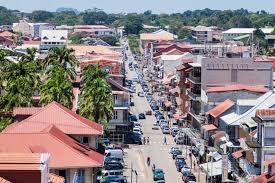
Why Are the Guianas So Overlooked?
Despite their unique characteristics, the Guianas remain some of the least-visited and least-known regions in South America. This is partly due to their small populations and the dominance of Spanish and Portuguese-speaking countries on the continent. However, this uniqueness is precisely what makes the Guianas so intriguing. They offer a glimpse into a side of South America that is vastly different from the rest, with a blend of languages, traditions, and histories that set them apart.

The Guianas may not be on the typical South American travel itinerary, but their history, diversity, and natural beauty make them a fascinating region to explore. Whether it’s the English-speaking culture of Guyana, the Dutch-Caribbean mix of Suriname, or the European influence in French Guiana, this trio of nations showcases how colonial history can shape a region in unexpected ways. If you’re looking for an off-the-beaten-path adventure, the Guianas might just be the most intriguing corner of South America you’ve never heard of.
